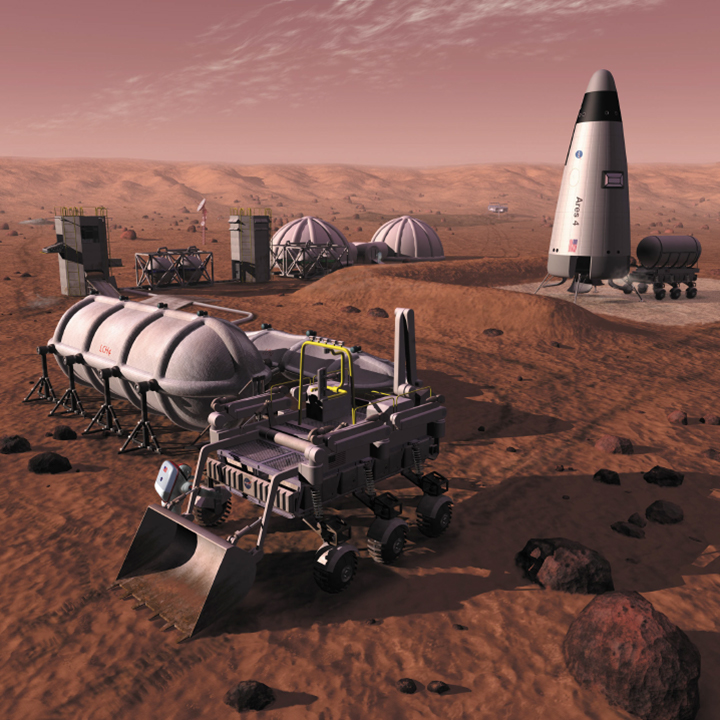
Extraterrestrial soil mechanics
Regolith is a complex granular material. Even in well-known terrestrial settings, the behavior of regolith is difficult to explain from fundamental physics, so computer models are based on experiments instead. Without adequate experimental data from other planets, it is challenging or impossible to predict how their regolith surfaces will behave. This is important for interpreting the geological landforms of those bodies, and it is important for designing technologies that will interact with the regolith. For example, there is evidence that the soil at the south pole of the Moon is “fluffier” than it was at the Apollo sites. To design a small rover that will not get stuck in the soft soil, we need to understand how wheels compress and shear the fluffy soil as they turn. We study regolith mechanics through experiments, computer modeling, and interpreting observational data from planetary bodies. Our experiments include reduced gravity flights in NASA aircraft or on rockets or in the International Space Station, field tests in rugged geological sites, and tests using soil simulants in laboratories. In computer simulations we study the dynamics of regolith during asteroid impacts, the flow of heat and vapor through regolith, and the compaction of soil as it vibrates and thermal cycles, for a few examples.
Researchers: Julie Brisset, Josh Colwell, Mike Conroy, Addie Dove, Zoe Landsman, Phil Metzger
